Wonders of the deep sea
29 July 2014
Have you ever seen Finding Nemo, the animation film about the adventures of a clownfish in search of his son? This movie is one of the many that has been inspired by the deep sea, an untouched and fascinating environment with strange life forms and many wonders! The deep sea – ocean areas deeper than 200 m – is vast, dark and remote, but it is teeming with life and riches. There, you can find oil and gas, needed to provide heating and electricity, and minerals and metals that are used in our cell phones and batteries. You can even make jewellery from deep-sea corals, and other life forms from this environment, such as bacteria and sponges, can be used to make medicines. US scientist Andrew Thurber got an international team of researchers together to tell everyone about the deep sea, and why we should protect it. They say that the deep sea is very important because it nurtures different kinds of fish and removes carbon dioxide from our atmosphere. The Earth’s climate has been changing because our factories, power plants and cars release carbon dioxide and other gases into the atmosphere, contributing to the heating up of our planet. The deep sea has stored away a lot of this gas, so has helped limit the effects of the warming. The deep sea may be distant and very hard to visit, but it affects us in many ways. We need to treasure it and care for it because it provides a lot of the things we need in our daily lives and it is important to the health of our planet.Find out more
Some (more) amazing things about the deep sea
One of the most incredible things about the deep sea are hydrothermal vents. These are areas on the sea floor littered with structures that look like chimneys that pour hot, mineral-rich water from under the seabed. They are a bit like hot springs and geysers on land, forming due to volcanic activity. Hydrothermal vents harbour unique animals that thrive in the warm and chemical-rich environment around them and do not depend on sunlight to live. One of the most fascinating is the giant tube worm. It can grow up to two metres in length and, unlike other animals, does not have a mouth to eat! Instead, it gets its food with the help of bacteria living inside it.
There are many more strange and amazing creatures in the deep sea. The vampire squid, for example, has eyes that – compared to the size of its body – are the largest on Earth. There is also a species of fish, Pacific viperfish, that has teeth so large it can’t close its mouth. You can find photos of these and other fascinating creatures online.
How can you help protect the deep sea?
There are many ways to help out the ocean and make the way we use it more sustainable (that is, without overusing its resources so that they can last for a long time). One way is to cut down on plastic, by using reusable bags instead of plastic ones and buying things without much packaging to cut down on waste. Plastic pollution is a big problem in the ocean, with many marine animals mistaking it for food. Plastic has even been found in the deepest part of the sea, reaching a part of the world we humans haven’t even been before!
Another way to help is to make sure you’re eating the right fish – while some types of fish have healthy populations, others are being overfished. If we take lots of fish out of the sea before they’ve reproduced, their population can’t grow. And, if we take too many, their population quickly shrinks. This overfishing is an even bigger problem for fish that live for a long time, like deep-sea perch, which can (without fishing) live for almost 150 years! Some supermarkets show which fish are sustainable (you can find this information online), so keep your eye out for them if you’re helping do the shopping.
Finally, spread the word. The deep sea is far from sight, so people can forget about it easily. Tell your friends and family what you know about the ocean and help them find out how important it is!
Print version
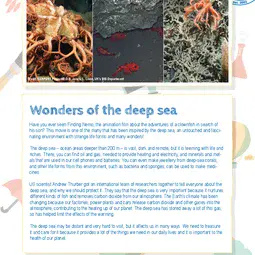
This is a kids' version of the EGU article: 'Wonders of the deep sea'. It was written by Bárbara Ferreira and Sara Mynott and reviewed for scientific content by Andrew Thurber and Jeroen Ingels and for educational content by Sally Dengg.
Translations
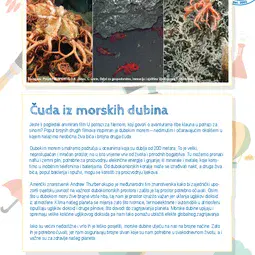
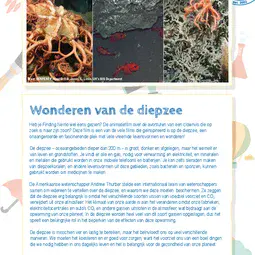
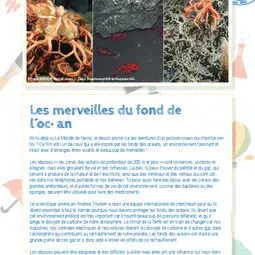
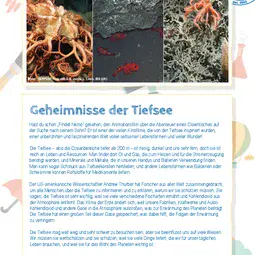
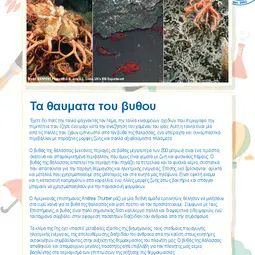
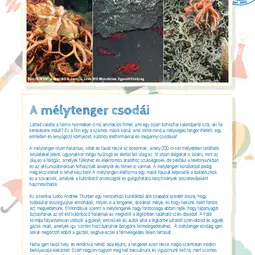
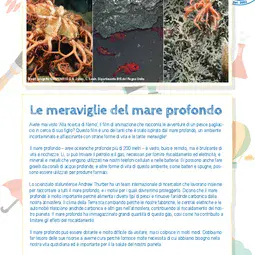
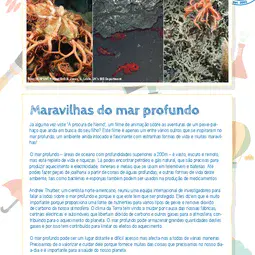
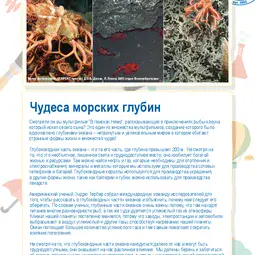
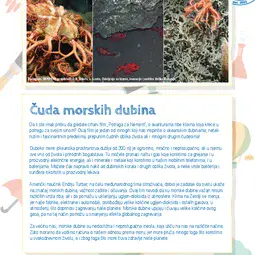
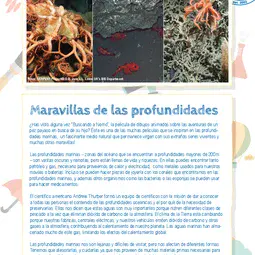
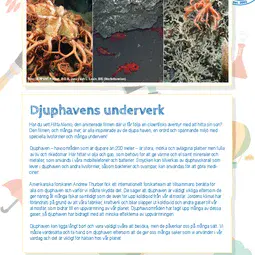
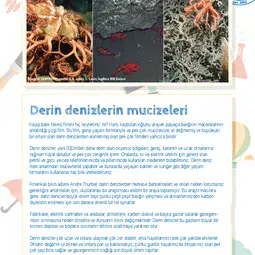
All English-language Planet Press releases are carefully edited, reviewed and proofed, by scientists, educators and EGU staff. Please note that once translated, Planet Press releases receive no further checks from EGU staff. For this reason, we cannot guarantee their accuracy, though we trust the quality of our voluntary translators and are grateful for their work.

